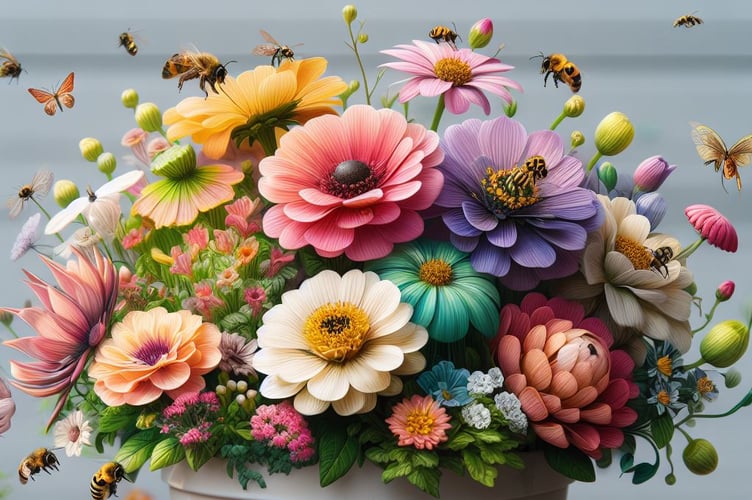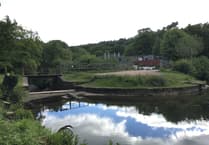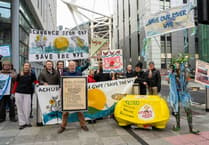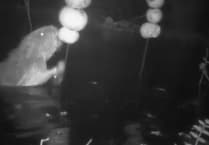You don’t have to have access to a garden to create your own wildlife haven. Whether you live in a flat with a balcony or have a small yard, you can use a variety of different pots and containers to build colour and structure into a small space and as importantly, create additional vital food for our amazing pollinators, such as bumblebees, solitary bees, butterflies, moths and hover flies.
The great thing about using pots and containers is that you can choose the colour, size and materials you would like to see. Also, it is much easier to change the mood of the green space, by moving the containers into new positions at different times of the year, which is much harder to achieve if plants are in the soil.
So, to get started, find some pots or containers you like and get some peat-free compost, making sure that the area you are putting them in can take the weight of the filled pots. If pots aren’t suitable, then you can use planters designed for balcony railings, small pots to hang on trellises or vertical hanging pockets against a wall. There is so much choice and again, you can choose the style and colours you like.
When creating a wildlife-focused area, we are seeking to provide a vital food source of nectar for pollinators throughout the year, not just spring and summer. This helps avoid the ‘hunger gap’ in winter and early spring when fewer flowering plants are available for them to feed on. For example, young bumblebee queens will be looking to stucco up on nectar before hibernating late autumn, and might even need to pop out to feed during the winter. The Early Bumblebee (Bombus pratorum) will be out looking for food in early March, so needs readily available food sources.
Great plants for pots and containers include those that are low growing and provide cover for the soil, such as Mexican fleabane, which have a long flowering season from April to November and which pollinators love. Another spring favourite are hellebores and they come in a variety of colours, flowering in late winter and early spring, and are loved by bumblebees, so there’s something for everyone.
Now is the perfect time to plant spring blues ready to take over from the plants above. Particular favourites are crocuses which flower during March and April. Then Snowdrops and Grape Hyacinths which give beautiful pops of white and violet to brighten up any dull spring day.
Bulbs will often return every year, as will perennial plants, such as cornflowers and Salvia Amistad or Salvia Nachtvlnider, which give height, structure and colour with their deep green leaves and vibrant flowers and provide an important nectar source as we move into the summer months.
But, let’s not forget wildflowers! Dandelions are a vital source of nectar over the winter and they are free! It is way to harvest the seeds when they turn into seed clocks, grow very easily and the leaves provide good cover to retain moisture in the soil and what cheering sight those yellow flowers will be on a dull day, both to you and the bees.
So, lots of ideas to get your wildlife-friendly garden started wherever you can.




